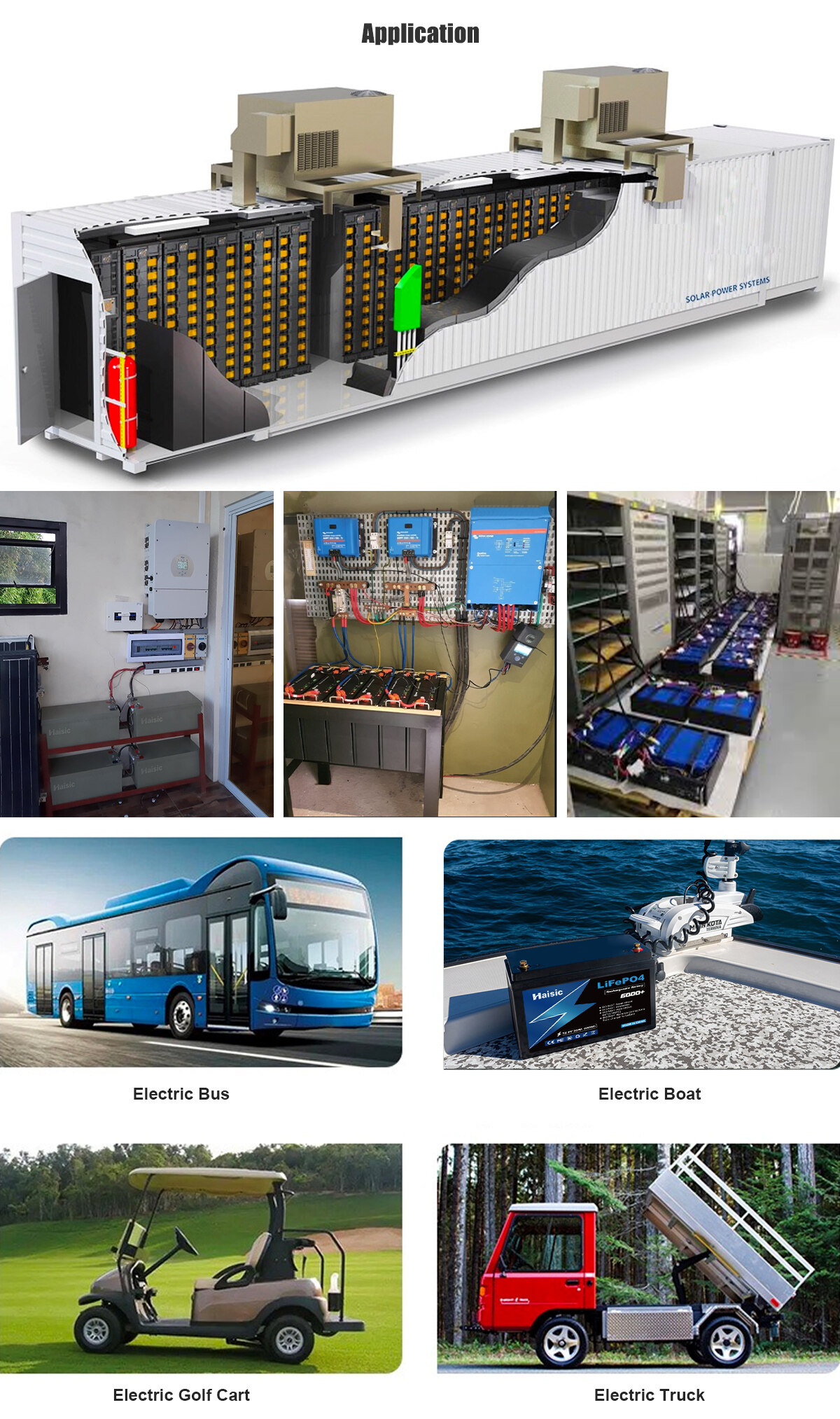Email format error
Email cannot be empty
Email already exists
6-20 characters(letters plus numbers only)
The password is inconsistent
Email format error
Email cannot be empty
Email does not exist
6-20 characters(letters plus numbers only)
The password is inconsistent

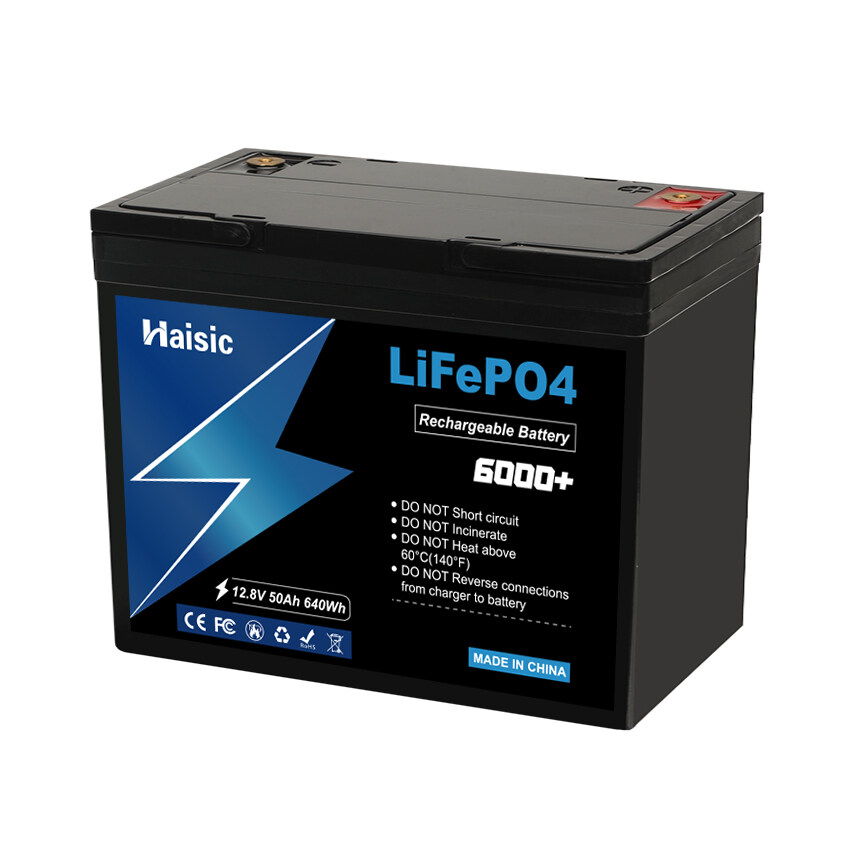
While B-grade LiFePO4 batteries may have dings, dents, and other small flaws, C-grade LiFePO4 batteries exhibit clear evidence of use and do not appear to be brand new. A-grade LiFePO4 batteries often do not appear to be defective.
How to distinguish between Class A, Class B, and Class C LiFePO4 batteries?
1. Appearance
A-grade LiFePO4 batteries usually do not look defective, B-grade LiFePO4 batteries may have bumps, dents, and other minor defects, while C-grade LiFePO4 batteries have obvious signs of use and do not look brand new. In addition, each battery has a unique QR code as proof of identity. This also makes it easier for LiFePO4 battery manufacturers to provide after-sales service. While B-grade batteries are classified as substandard batteries, they usually do not provide a warranty. That's why their QR codes are usually removed.
2. Energy Density
Energy density = capacity/weight
Home solar batteries made with A-grade LiFePO4 batteries usually have a higher energy density. Because the capacity of B and C grade LiFePO4 batteries is much lower compared to A grade LiFePO4 batteries, more B and C grade LiFePO4 batteries are used to make up a home solar battery of the same capacity, which ultimately results in you getting a very heavy home solar battery. So we can compare the energy density of home solar batteries to determine if the battery you are buying is an A-grade LiFePO4 battery.
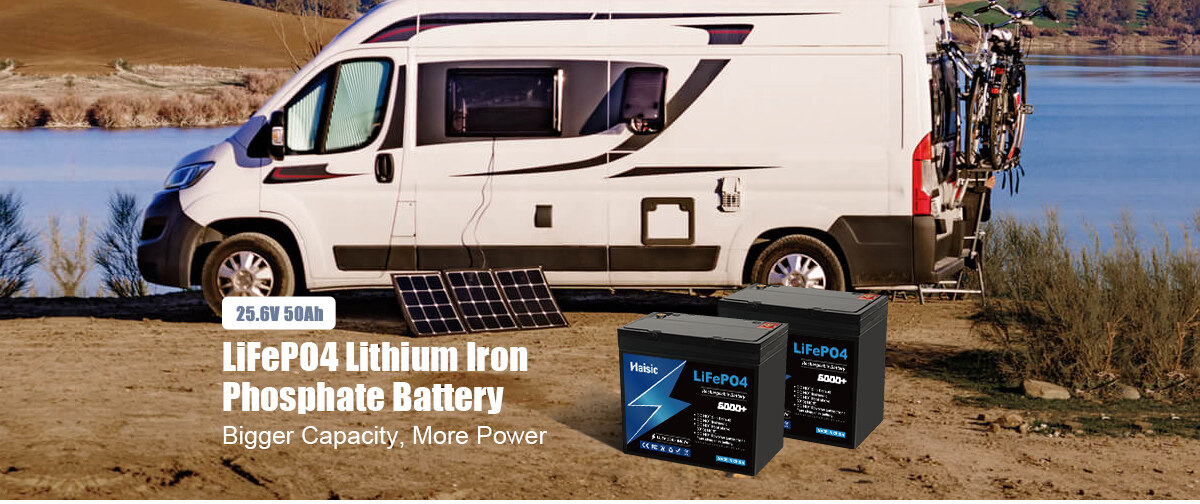
Product parameters
| Model | HS-25.6V50Ah |
| Application area | Outdoor and indoor UPS and battery back up systems; Portable and cordless household appliances; Medical equipment; Motorcycles, toy cars; Camping trailers, RVs, etc. Lighting equipment, emergency lights, etc. And many other applications |
| Cell Type | LiFePO4 |
| Volt | 25.6V |
| Capacity | 50Ah |
| Charge Voltage | 25.6V |
| Maximum Continuous Charging | 50A |
| Maximum Continuous Discharge Current | 50A |
| Weight | 21.2KG |
| Size | 260*168*209mm |
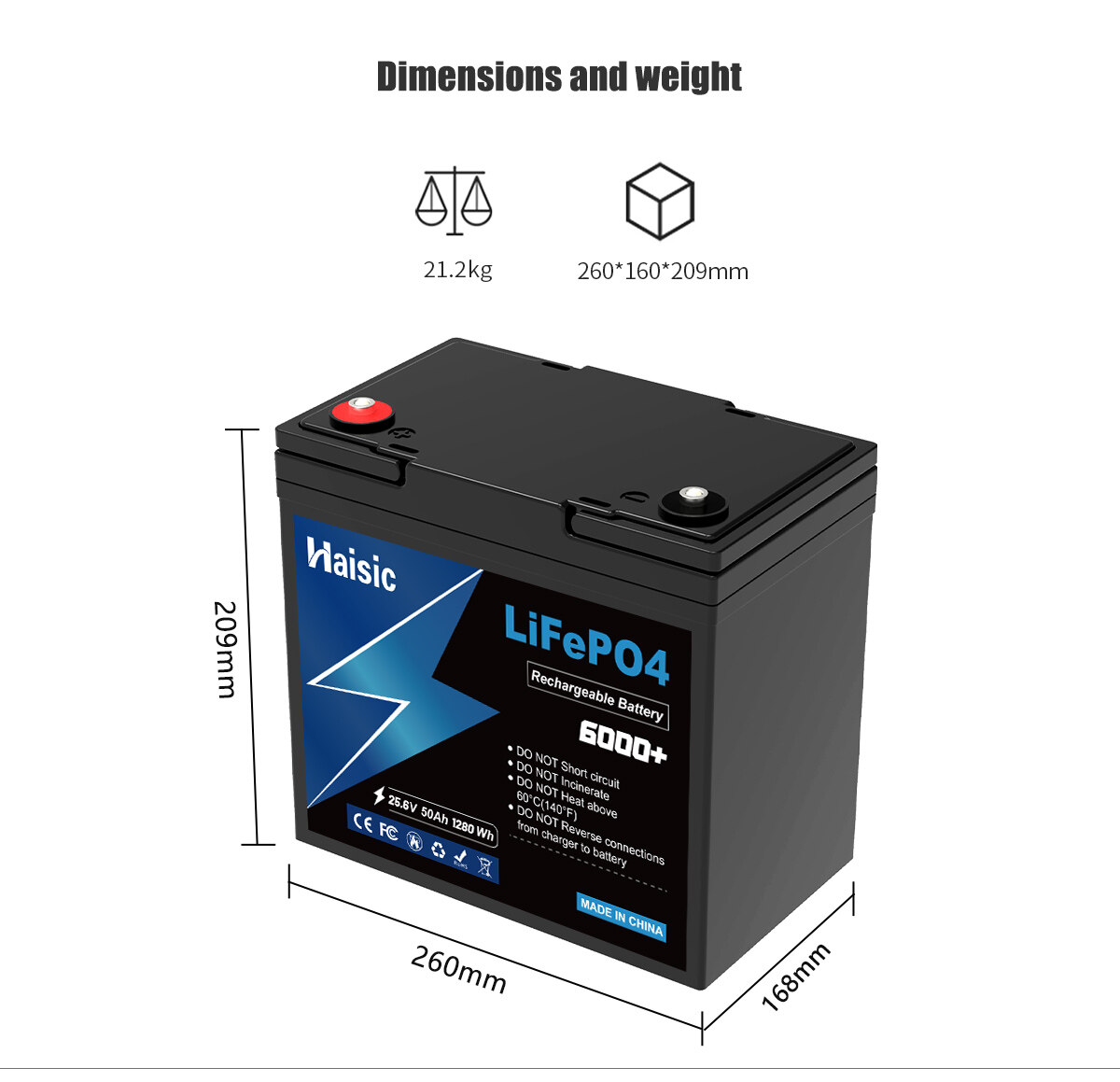
3. Battery Life
Long life is one of the advantages of LiFePO4 batteries, but if the solar battery is made up of retired LiFePO4 batteries, the life span will be very low, usually only 2-3, so don't easily believe the warranty time promised to you by the supplier, it's just a necessary measure they take to earn your money. Whereas A grade LiFePO4 batteries will usually exceed 6000 cycles @ 80% DOD, which means they have a service life of at least 10 years.
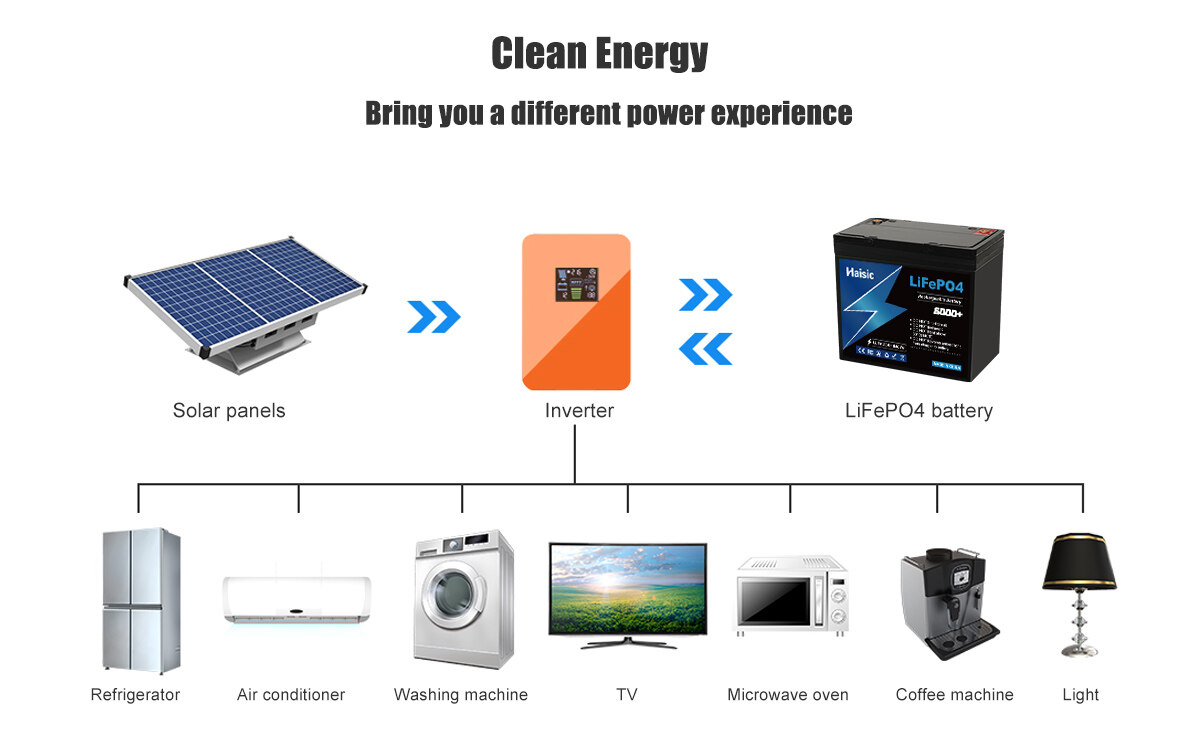
4. Self-discharge rate
Self-discharge rates vary by SOC state. For example, the voltage drops faster at 100% SOC than at 50% SOC. So before testing the self-discharge rate, please check the battery specifications about the SOC state to be tested.
During the manufacturing process of Li-ion batteries, a very strict grading procedure is performed on them. Since no manufacturing process can produce a 100% perfect yield, less than 10% of the batteries produced do not meet A grade and therefore they are classified as B grade batteries. Rejections may be due to the battery not matching expected performance or cosmetic defects or both. class B batteries also have minimum performance expectations and if not met are further classified as class C. Class C batteries are the least expensive batteries on the market, they can be used in single-battery portable applications, are extremely slow to charge and discharge, and have a short expected battery life.
